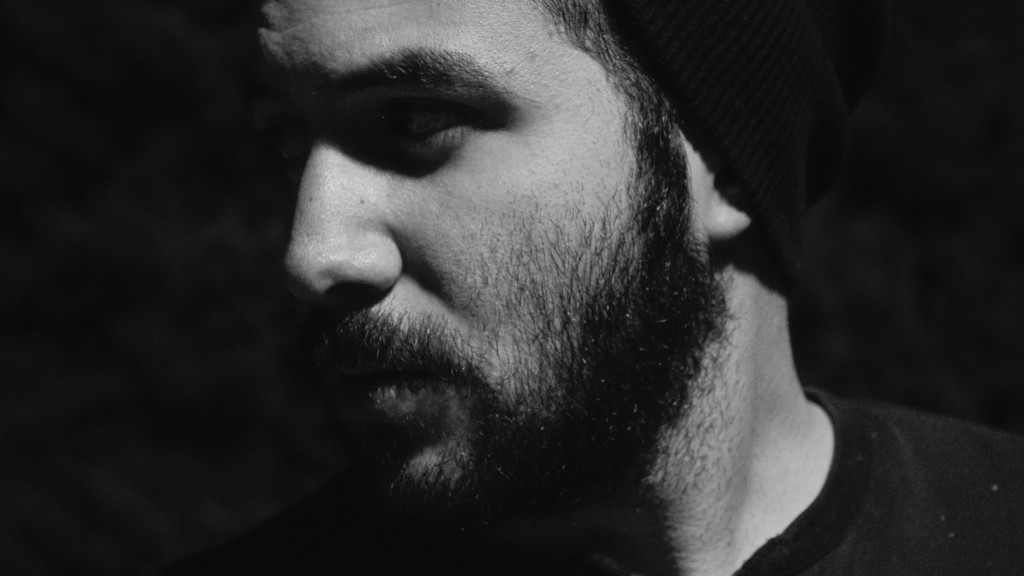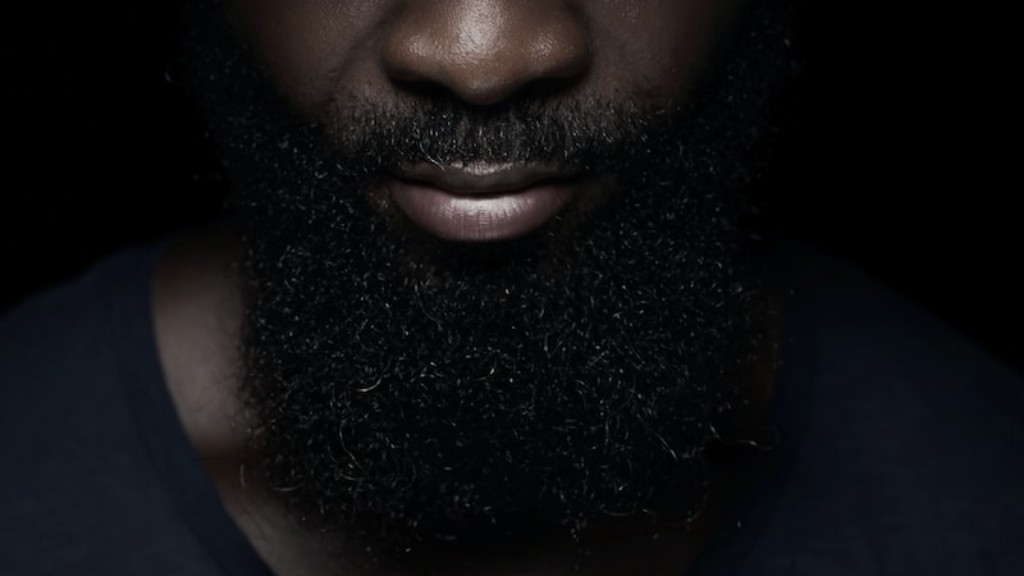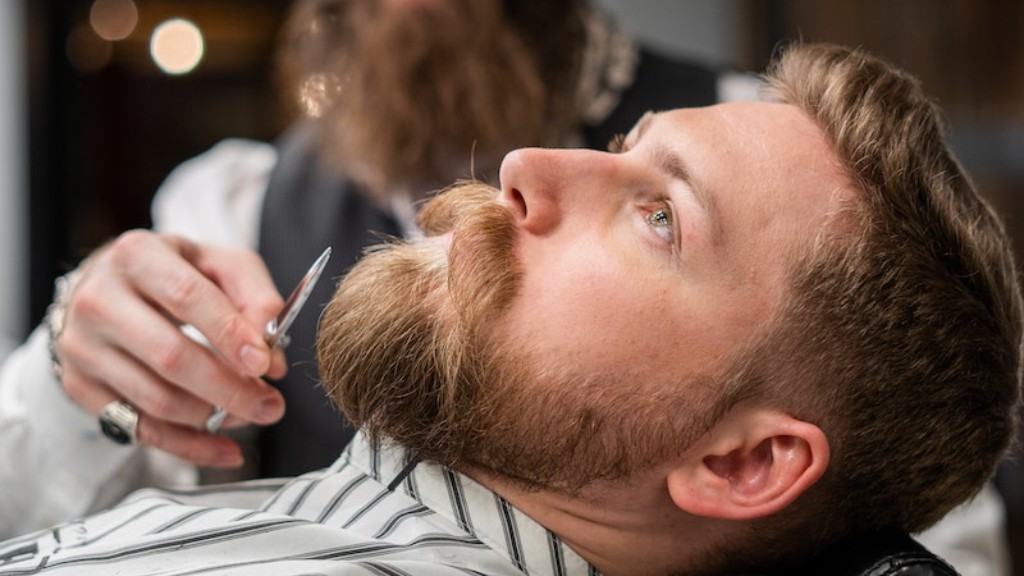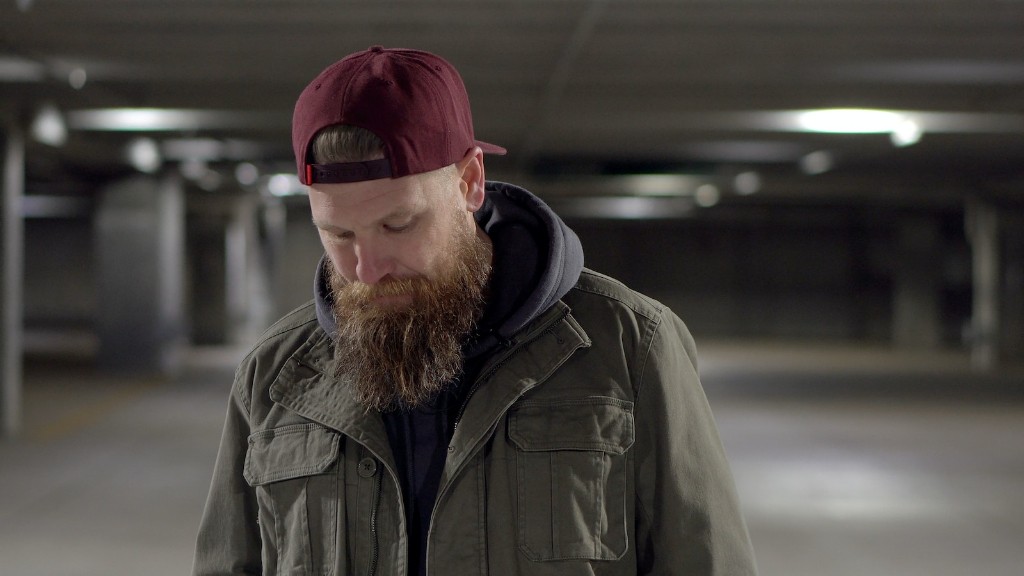It’s a common misconception that lice only affect people with long hair, but the truth is that anyone can get lice. This includes people with short hair, and even people with beards! While it’s not as common for men to get lice, it can still happen. There are a few things that you can do to prevent getting lice, such as using a lice shampoo and avoiding sharing personal items with others. If you do happen to get lice, don’t worry! There are many treatments that can help get rid of them.
It is possible to get lice in your beard, but it is not common. Lice prefer to live on the scalp, so it is more likely that you will get lice if you have long hair. If you do have lice in your beard, you can treat them with special shampoo or cream that you can buy at the store.
How do you get rid of lice on your beard?
Lice can be a nuisance, but there are ways to get rid of them! A special comb can help remove lice, and pulling out nits (or lice eggs) with fingers or tweezers can also be effective. A magnifying glass can be helpful in spotting nits and lice.
If you have head lice, you may want to consider shaving your beard. This is a perfectly acceptable way to eliminate the lice.
How common is beard lice
While lice are most commonly found in the hair on the head, they can also be found in other areas of the body with hair, such as the eyebrows, chest hair, armpits, and eyelashes. However, it is rare to find lice in facial hair.
Pubic lice are small, wingless insects that are parasitic on humans. They are usually found in the genital area on pubic hair; but they may occasionally be found on other coarse body hair, such as hair on the legs, armpits, mustache, beard, eyebrows, or eyelashes.
Pubic lice are transmitted through close physical contact with an infested individual. Sexual contact is the most common way to spread pubic lice; but they can also be spread through sharing clothing or bedding that has been used by an infested individual.
Pubic lice usually cause intense itching in the infested area. Other symptoms may include redness, irritation, and/or inflammation. If left untreated, pubic lice can cause secondary bacterial infections.
If you think you may have pubic lice, it is important to see a healthcare provider to get a proper diagnosis and treatment. Treatment for pubic lice usually involves using a special shampoo or cream that kills the lice.
Will shaving get rid of lice?
Shaving your head will not get rid of lice. The reason is because lice live on the base of the hair, and on the scalp. The nits are laid right at the base of the hair, oftentimes against the scalp. Shaving will not get close enough to make an impact on the lice and nits.
There are 65 different species of mites, of which two—Demodex folliculorum and Demodex brevis—hang out on humans. They especially like hair follicles and are commonly found where hair grows on or near the face. So, if you have a beard, there’s probably quite a few mites in there!
How do you check yourself for lice?
To check for lice, part the hair and look closely at the scalp. Look for lice crawling on the scalp where the hair is parted or on the hair shaft. The lice will be dark in color and the size of a poppyseed.
Demodex is a type of mite that lives in human hair follicles. Almost everyone has these mites, but they usually don’t cause any problems. However, Demodex can multiply too quickly in people who are immunocompromised or have other skin conditions. This can lead to various skin problems, such as irritation, redness, and inflammation.
How do I know if I have lice
Lice are small, wingless insects that attach themselves to human hair and feed on human blood. They are a nuisance, and their bites can cause itching and irritation. Lice can be difficult to get rid of, but there are a number of treatments available.
Common signs and symptoms of lice include:
Intense itching on the scalp, body or in the genital area
A tickling feeling from movement of hair
The presence of lice on your scalp, body, clothing, or pubic or other body hair
If you think you may have lice, it is important to see a doctor or other healthcare provider for diagnosis and treatment.
There appears to be a greater incidence of head lice among girls than boys, which may be due to increased head-to-head contact. In the United States, infestation with head lice is much less common among African-Americans than among other racial groups.
What is the life span of hair lice?
Adult lice can live up to 30 days on a person’s head. To live, adult lice need to feed on blood several times daily. Without blood meals, the louse will die within 1 to 2 days off the host.
Head lice are most commonly found on the scalp, particularly around and behind the ears and near the neckline at the back of the head. Head lice or head lice nits sometimes are found on the eyelashes or eyebrows but this is uncommon.
Can you have lice for years and not know it
If you are experiencing frequent, unexplained itching of the head or scalp, it is time to check for the presence of head lice. Head lice can be difficult to diagnose based on symptoms alone, so it is important to check for lice if you are experiencing any of the above symptoms.
If you are bitten by a louse, it is important to avoid scratching the area excessively, as this can lead to infection. Instead, try to clean the area with warm water and soap. If the bites are particularly bothersome, you may want to apply a topical antibiotic ointment to the area.
Why does my beard itch?
If you’re growing a beard for the first time, it’s common to experience an itchy stubble. This is because when you shave, you leave a sharp edge to each hair follicle. When the hair starts growing back, the tougher bristles of the hair scrape against the edges of the follicle, which is what causes an itchy sensation. To combat this, make sure to keep your skin hydrated and use a good quality beard oil or balm to keep the hair follicles moisturized.
If you’re looking to get rid of lice or nits, using a heat source is a great way to do it. Just be sure to use a temperature that is high enough to kill them off.
Warp Up
There is no definitive answer to this question as it depends on a number of factors, such as the type of lice infestation and the individual’s personal hygiene habits. However, it is generally believed that lice are more likely to attach themselves to hair on the head than hair on the face, so the chances of getting lice in your beard are probably pretty low.
It is possible to get lice in your beard, but it is not common. If you think you have lice in your beard, you should see a doctor or a lice specialist to get rid of them.





